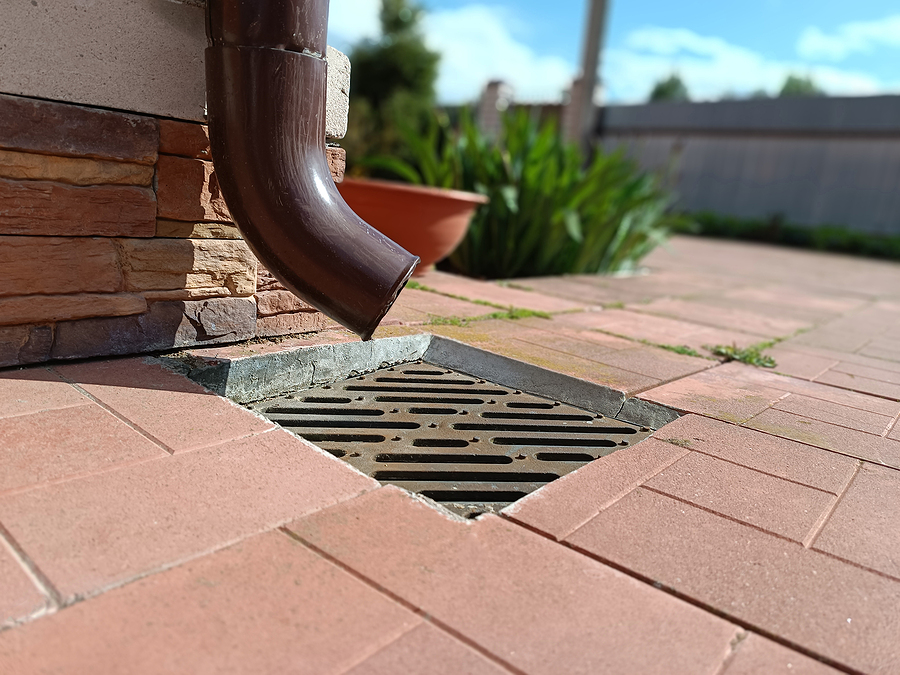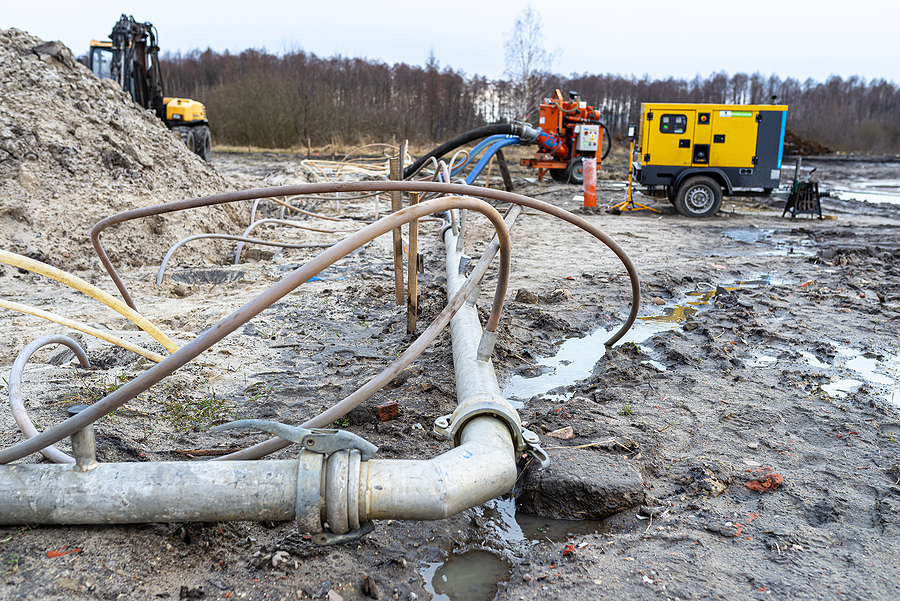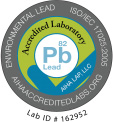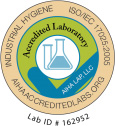Shipping to Continue Without Disruption
As of July 25, 2023
UPS’s tentative deal with the Teamsters is subject to a vote of the membership, but is expected to be ratified.
The details of the deal can be found on UPS’s website: https://about.ups.com/us/en/newsroom/press-releases/people-led/ups-teamsters-reach-agreement-in-labor-negotiations.html
Thank you for your patience during this uncertain time. You may resume shipping as normal.
















